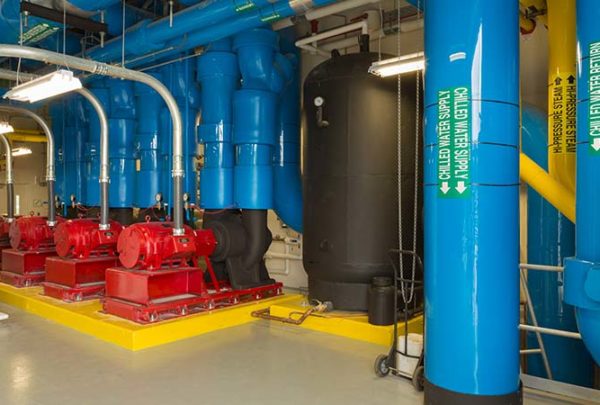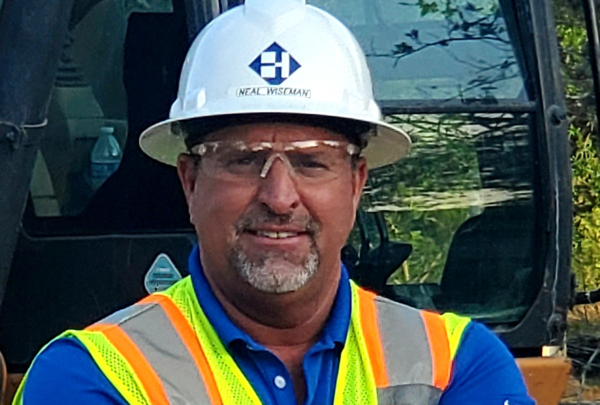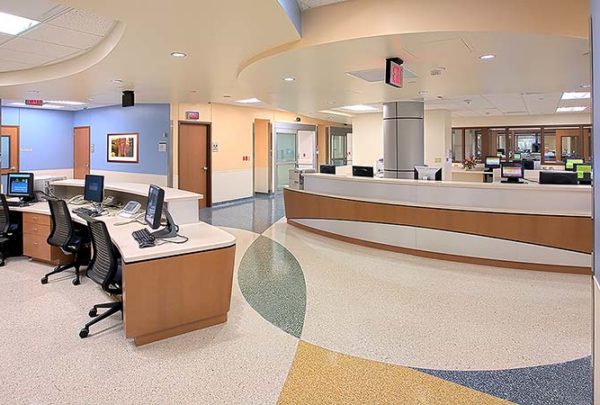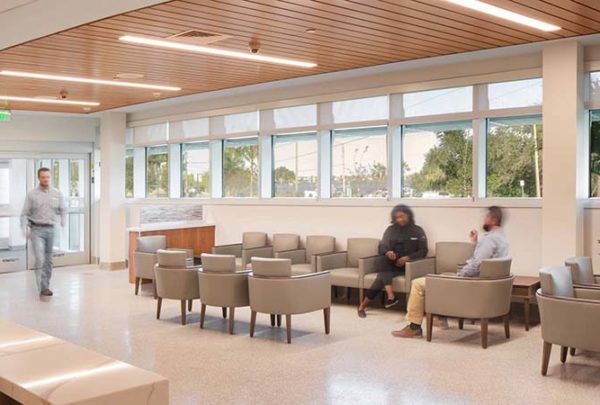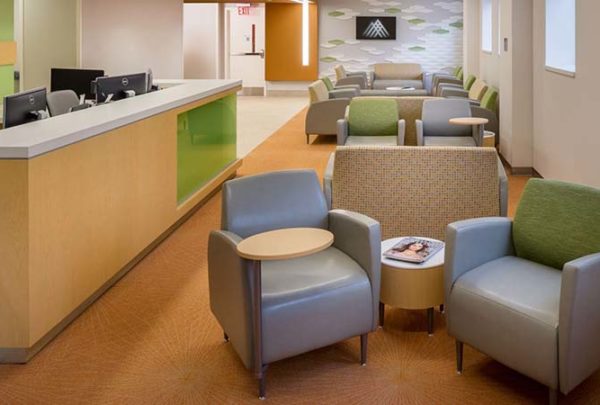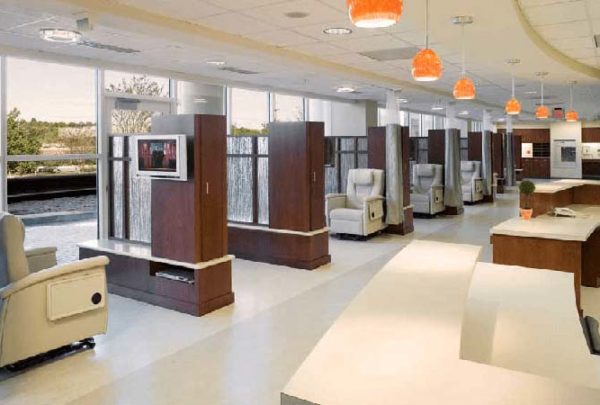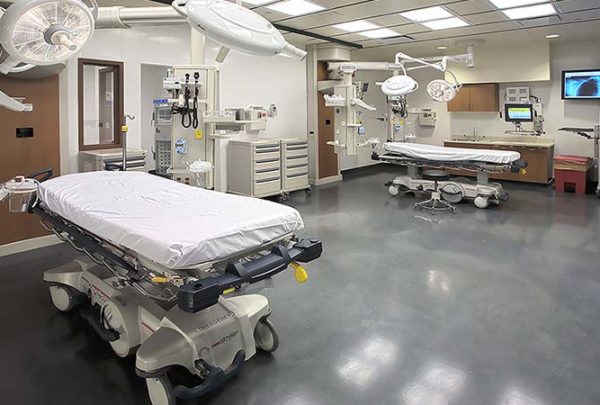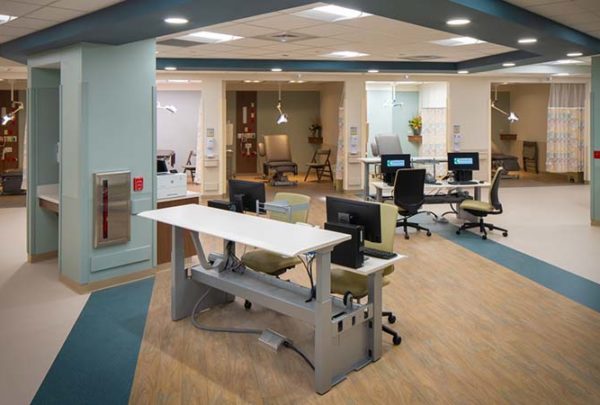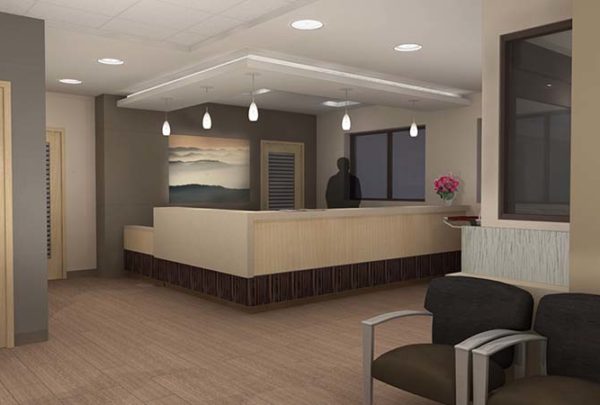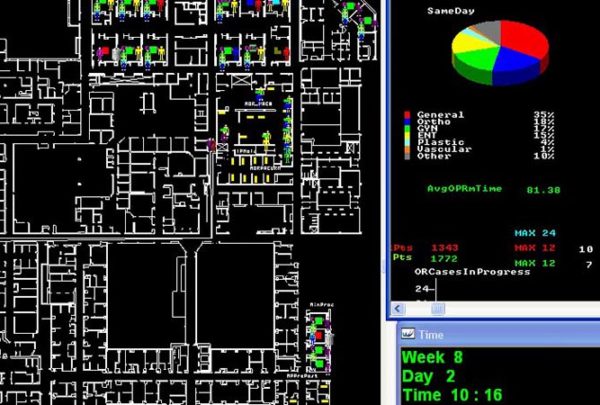Read Part 1 to learn how a CSC can protect your supply chain during a public health threat or natural disaster.
The current pandemic has highlighted the challenges our healthcare system is facing in new and unimaginable ways, while at the same time highlighting some unique opportunities to improve how we prepare and deliver healthcare supply chain resources in the future. Today’s healthcare market creates the perfect opportunity for addressing supply chain issues by developing consolidated service centers (CSC). CSCs will not only lower unit cost of delivery and create possible new revenue streams and partnerships with non-traditional companies, but also allow healthcare organizations to work with supply chain partners to lower costs both up and down the supply chain.
The healthcare supply chain involves the logistics and process flow of multiple touchpoints from manufacturers to end-users. Participation and synchronization of all the stakeholders to achieve the common goal are critical. With the right planning and integration of all stakeholders, the CSC can serve as the hub connecting the patient, provider, manufacturer, distributor, public sector, and federal response teams. However, to appropriately plan and forecast the demand in a CSC during disasters, healthcare systems will need to first understand the demands of their own end-users and the critical supply chain and logistics variables within their own system. These variables are driven by some of the most supply-intensive departments of the health system and would require consideration and comprehensive development and infrastructure support to ensure critical supply levels can be met. Some of these departments are:
- Perioperative Services and Sterile Processing: Create a single source center for surgical instruments and supplies
- Supply Chain Operations/Materials Management: Centralize warehousing/distribution center for general supplies, equipment, disaster preparedness, emergency PPE, back-up biomedical equipment, etc.
- Pharmaceutical Services: Consolidate core pharmacy to a single off-campus location
- Laboratory Services: Relocatelaboratory services off-campus.
- Food Service Distribution: Provide an off-site facility to support daily healthcare dietary solutions and catering services
- Support Service Office Center: Often referred to as “non-clinical support services” centers, can act as a “control and command” center
CSCs can be developed and integrated using a wide range of business strategies, partnerships, and vendor alignments. They can incorporate “state-of-the-art” robotic manufacturing or function as a logistics center. Healthcare systems must design what is appropriate for them as they build their CSC strategy and disaster pre-event, response, and recovery considerations. Whether you partner with a distributor or move to a self-distribution model requires an in-depth analysis and careful consideration of the disaster alliances already in place for your area to ensure success regardless of the event you may be facing. Some key considerations in developing this model include:
- Internal Operations Review: A key component to identifying the operational opportunities and efficiencies for consolidation within a service center is to establish a baseline understanding from which to measure current state
- Develop a Three- to Five-Year Planning Target: Define a planning horizon for the CSC and develop a business case analysis
- Create a Defined Internal Operations Plan: Develop a sound strategy and operational model to respond to customer demands and align with the strategic initiatives of the healthcare facility
- Facilities and Space Planning: Once the vision and operational model have been confirmed, the team can begin to leverage industry best practices for facility master planning. The master plan should provide a data-driven, engineered approach that evaluates design options based on LEAN principles and financial, strategic, and operational criteria to recommend processes, technologies, and size/planning for the new building.
Our team has been assisting our healthcare clients interested in the planning and implementation of CSCs for several years. View our case studies to learn more about one of our consolidated service center projects. If you or your team is interested in hearing more about our process, please contact us.








































